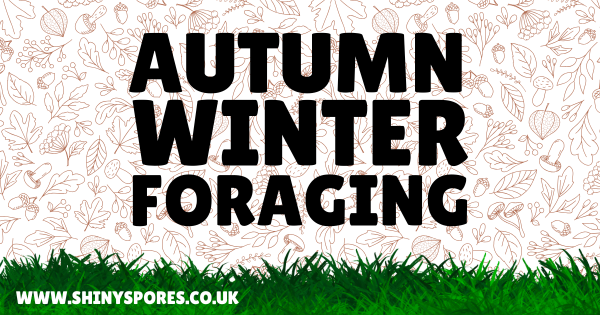Discovering UK Native Mushroom Species in the English Countryside This Autumn and Winter

Autumn and winter in the English countryside bring a fascinating array of native mushroom species, perfect for foraging enthusiasts. The abundance of fungi at this time of year invites nature lovers to explore the woodlands, fields, and hedgerows. However, it’s crucial to distinguish between edible and toxic varieties, as some can be quite dangerous. Below, we highlight several notable species you may encounter while out in the fresh air.
Edible Mushroom Species
- Chanterelle (Cantharellus cibarius)
- Description: Recognisable by their golden-yellow colour and wavy caps, Chanterelles have a fruity aroma reminiscent of apricots.
- Edibility: Highly regarded for their delicious flavour and versatility in cooking.

- Wild Garlic (Allium ursinum)
- Description: While not a mushroom, the leaves of wild garlic are often found alongside mushroom patches.
- Edibility: Edible and adds a wonderful garlic flavour to dishes.

- Field Mushroom (Agaricus bisporus)
- Description: Easily identified by its round white cap and pink gills, which turn brown as it matures.
- Edibility: Commonly found in fields and woodland edges; a staple in many kitchens.

Toxic Mushroom Species
- Death Cap (Amanita phalloides)
- Description: A pale greenish or yellow mushroom with a bulbous base and white gills.
- Toxicity: Extremely toxic and responsible for the majority of mushroom poisoning deaths. Never consume.

- Fly Agaric (Amanita muscaria)
- Description: Iconic red cap with white spots, freely depicted in fairy tales and folklore.
- Toxicity: While not lethal, it can cause significant hallucinations and other symptoms. Not safe to eat.

- False Chanterelle (Hygrophoropsis aurantiaca)
- Description: Mimics the Chanterelle but lacks the fruity smell and has a more orange hue.
- Toxicity: Generally considered inedible or of questionable edibility.

Foraging in Kent with Boots on Adventures
For those eager to learn more about mushroom foraging, Boots on Adventures offers guided walks and foraging adventures throughout Kent. Their expert guides are well-versed in mushroom identification, helping participants navigate the spectacular variety found in local woodlands and fields.
While foraging in Kent, you might encounter delicious species such as the Chanterelle and Field Mushroom, as well as the remarkable potential of discovering lesser-known local varieties. With the expertise of Boots on Adventures, not only will you enhance your foraging skills, but you’ll also enjoy a deeper connection with the natural beauty of the Kent countryside.

Conclusion
Foraging for mushrooms in the UK can be both an enjoyable and educational experience, especially during the autumn and winter months. However, it’s vital to exercise caution and always confirm the identification of mushrooms before consumption. Whether you’re an experienced forager or a curious newcomer, exploring the richness of nature with reputable guides like Boots on Adventures adds an invaluable layer to your journey. Happy foraging!
Find out more about Boots on Adventures here – www.bootsonadventures.co.uk








